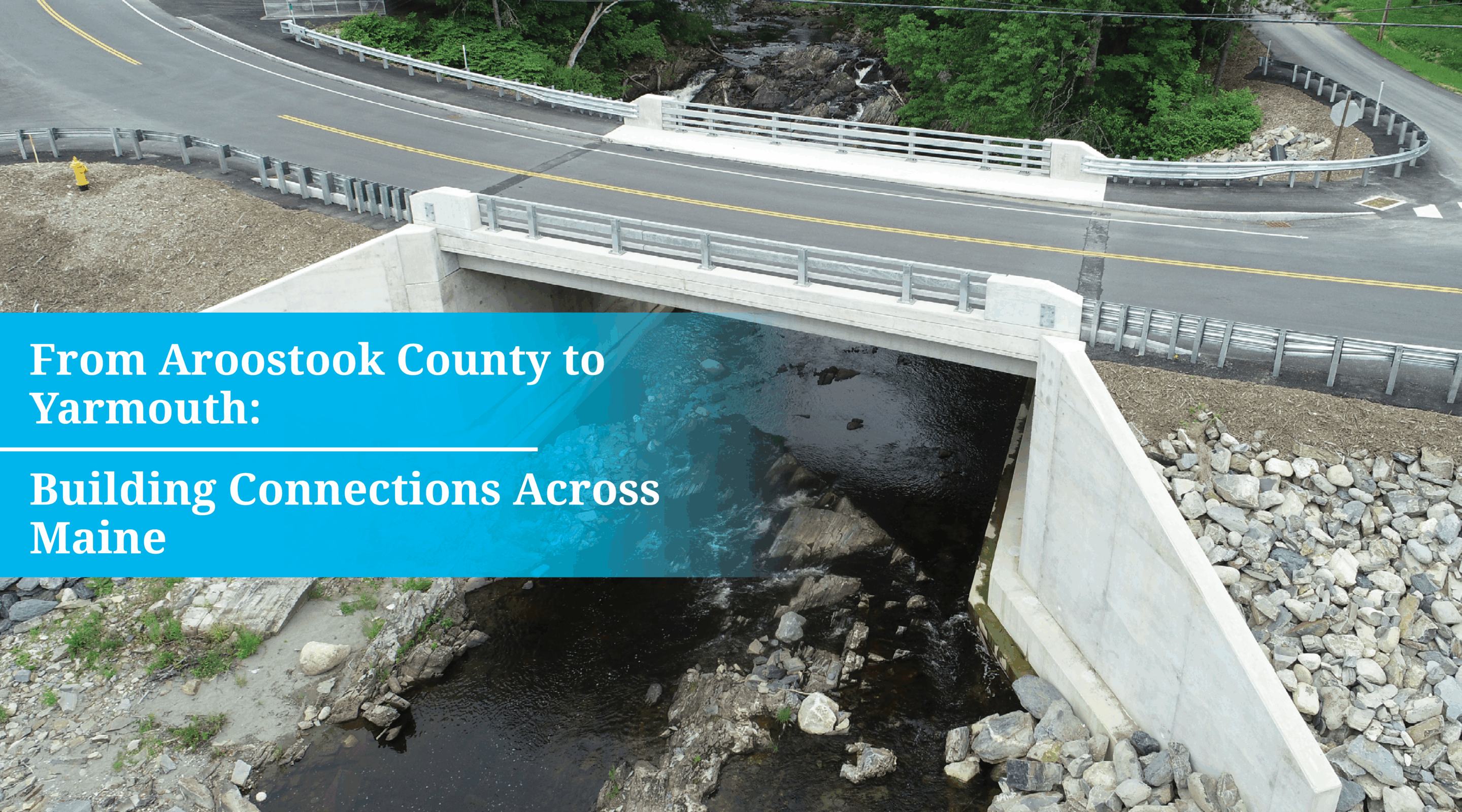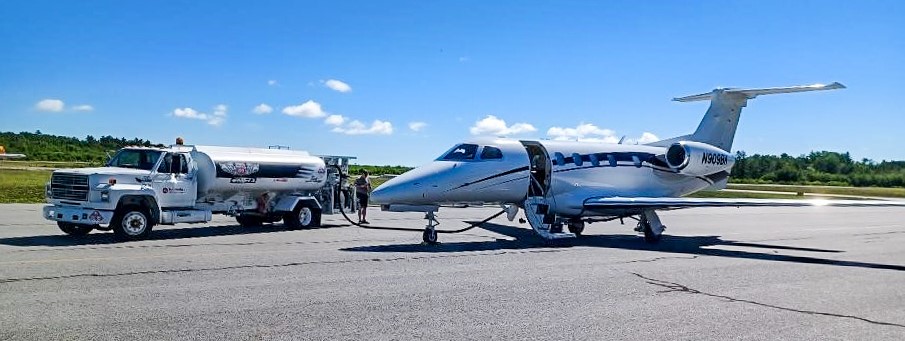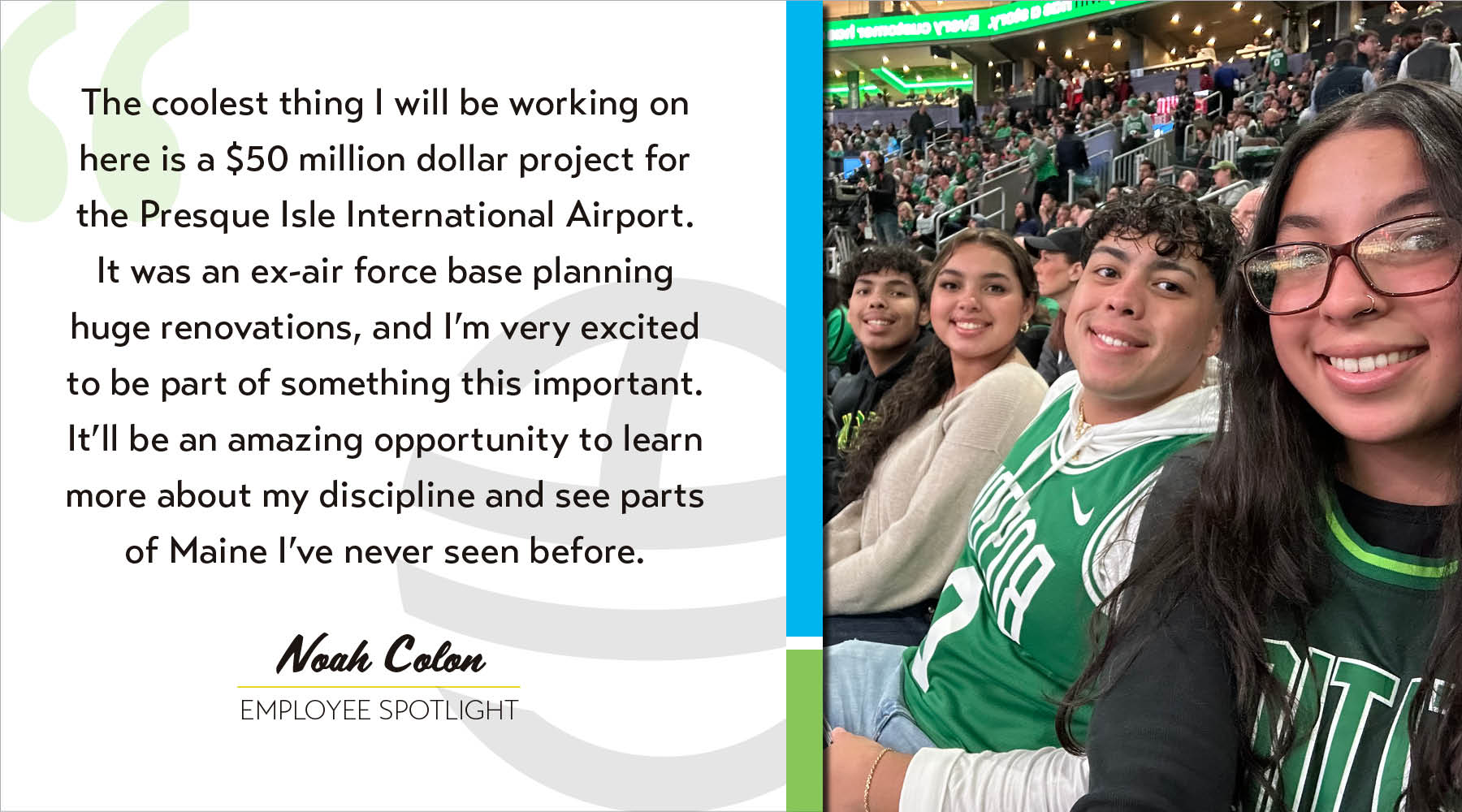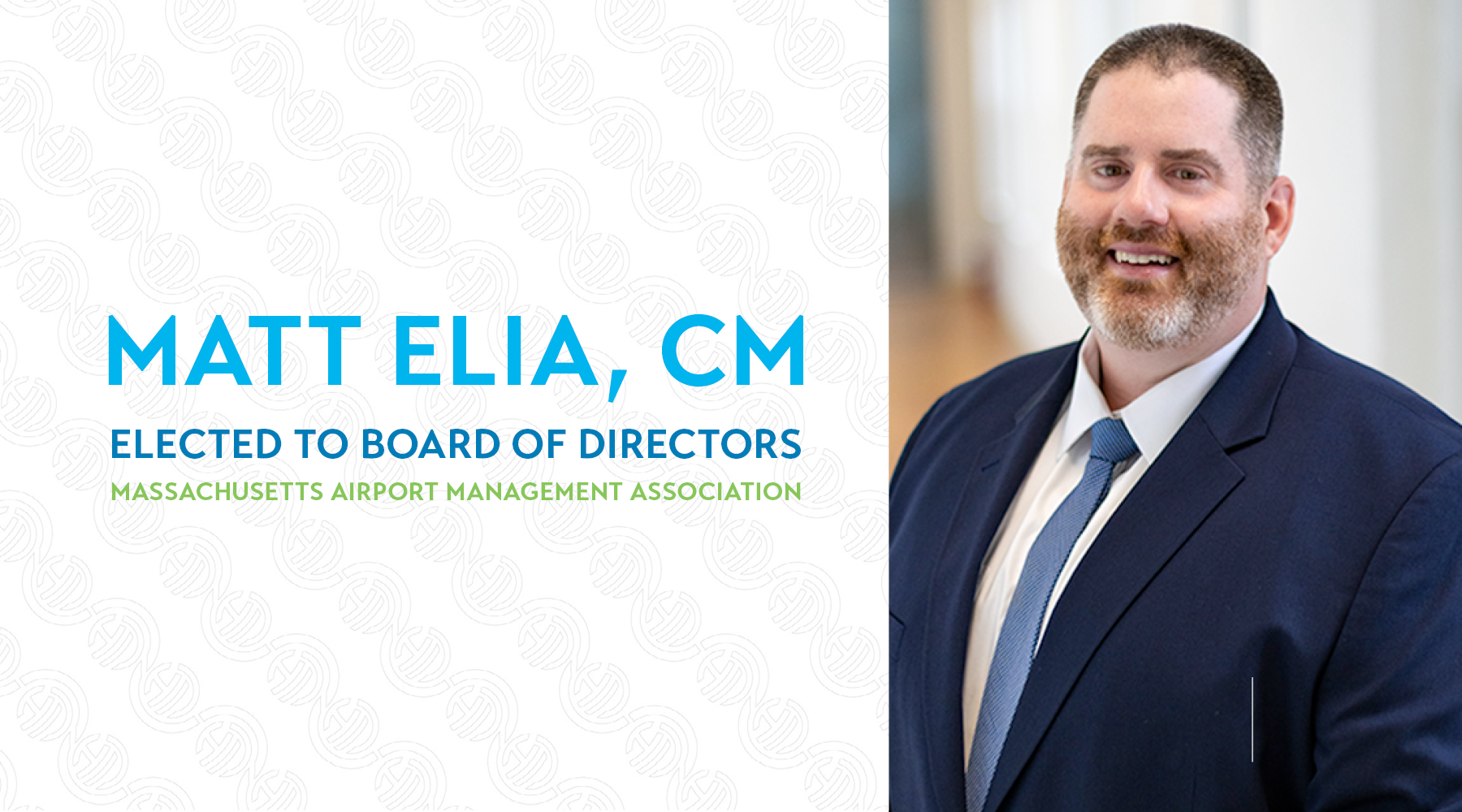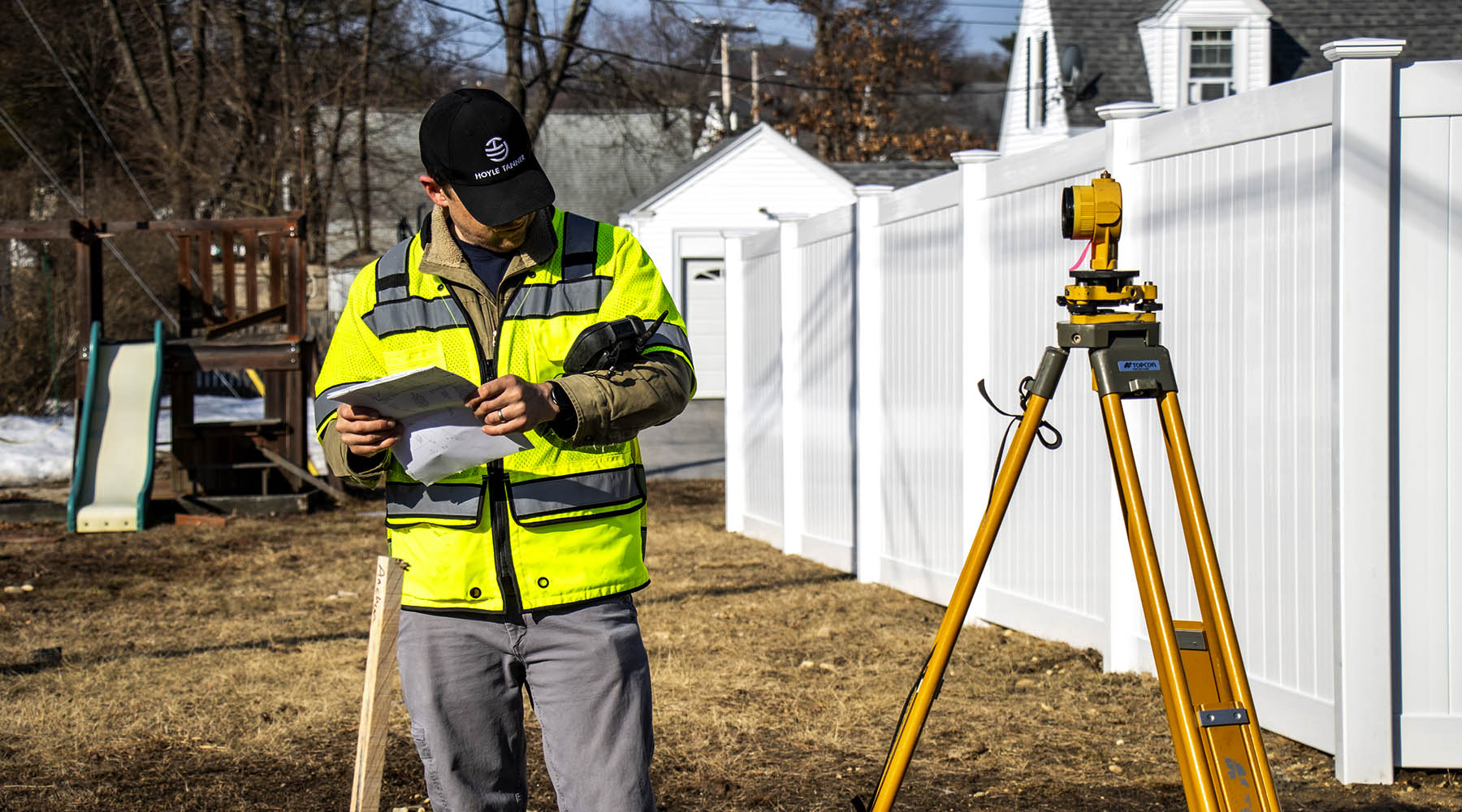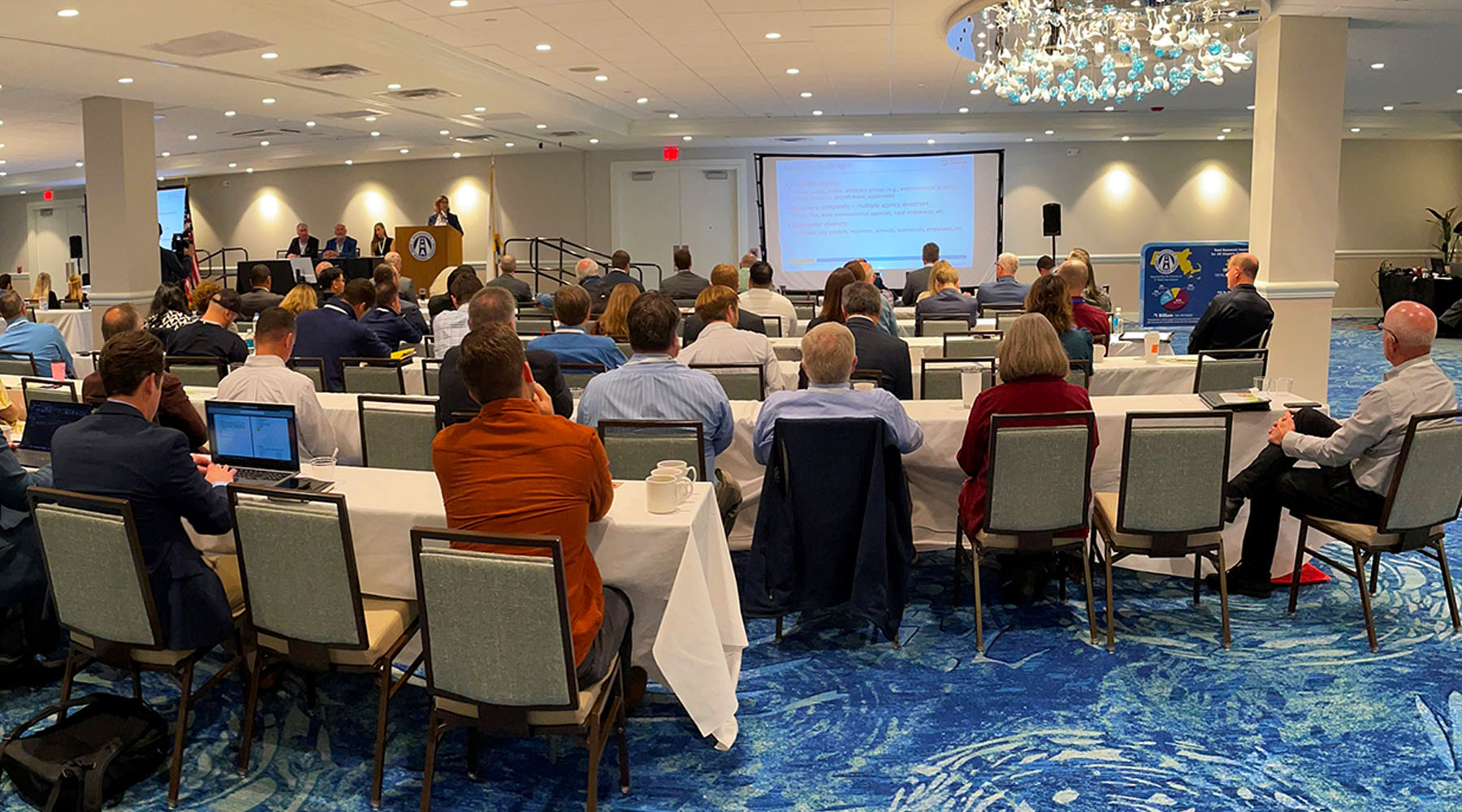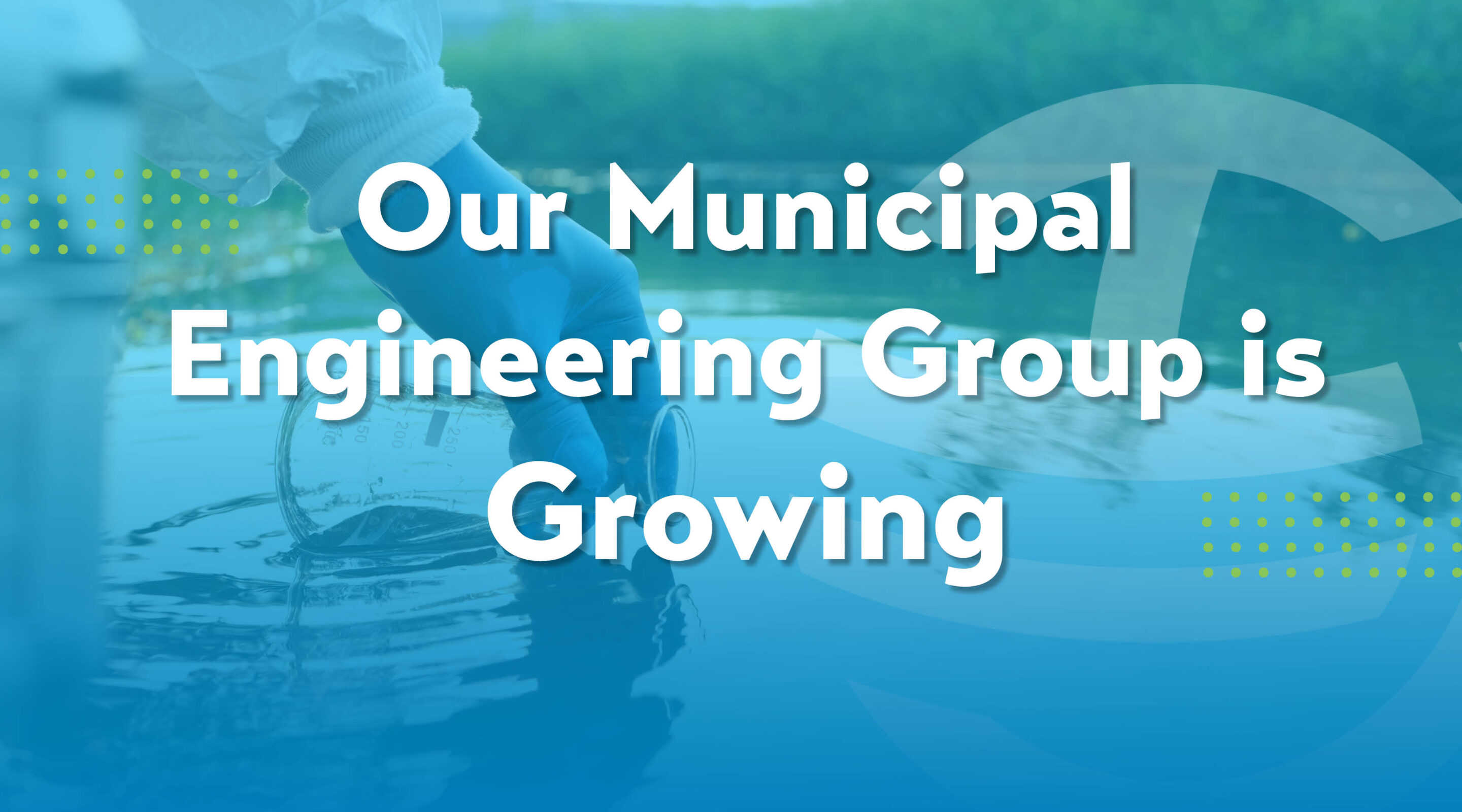As a junior engineer, I’ve had the opportunity to work on projects across the northeast and be exposed to the unique characteristics of highway design in each state. In my experience, each state has a different lesson to teach.
Major Road Rehab in Massachusetts
A significant project I’ve been involved in recently is a major road rehabilitation project in Massachusetts. This project has been ongoing for over a decade and involves various aspects such as drainage, permitting intricacies, and design adjustments to meet specific criteria without triggering extensive permits. It’s fascinating to see how much coordination and effort go into what might seem like a simple road project.
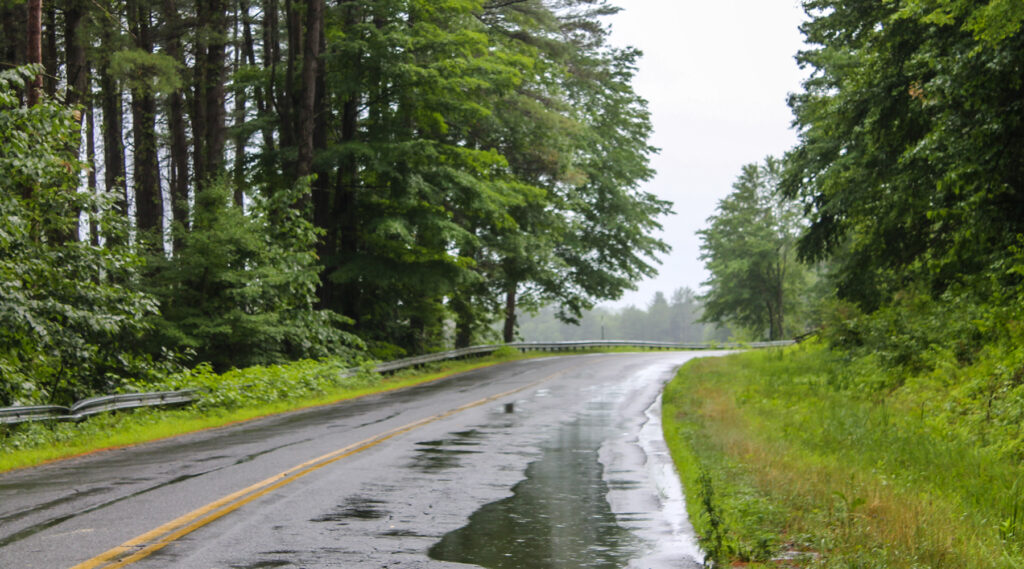
One of the key learning points for me has been understanding how to balance the needs of the client, the landscape, and regulatory requirements creatively. Although I haven’t been the primary person handling all these aspects, observing the process has been incredibly educational. It’s amazing to see how much work goes into maintaining the character of a road while making necessary improvements for safety and functionality.
Lighting Design Beginnings in Maine, Vermont & New Hampshire
Last year, I also had the opportunity to dive into lighting design, which was a completely new area for me. Despite not being an electrical engineer, I took on the challenge and learned a lot. I collaborated with a colleague who was also new to lighting design, and we shared our findings and knowledge, which was a great collaborative experience. We even got to speak with an expert who helped write the pedestrian lighting guide for a state project, providing us with valuable insights into the technical aspects of this design.
One of the projects I worked on involved replacing and updating streetlights on a bridge over a major highway in Maine. This project required us to model the lighting levels using specialized software to ensure the road and intersections were adequately illuminated. It was a significant learning curve, but it was rewarding to see the impact of our work on road safety.
Another interesting project was in New Hampshire, where we’re focused on recreating and enhancing the lighting on a bridge over the Merrimack River. We initially explored the option of solar powered street lighting but had to go with traditional wired lights due to project constraints and the challenges with storing power nearby.
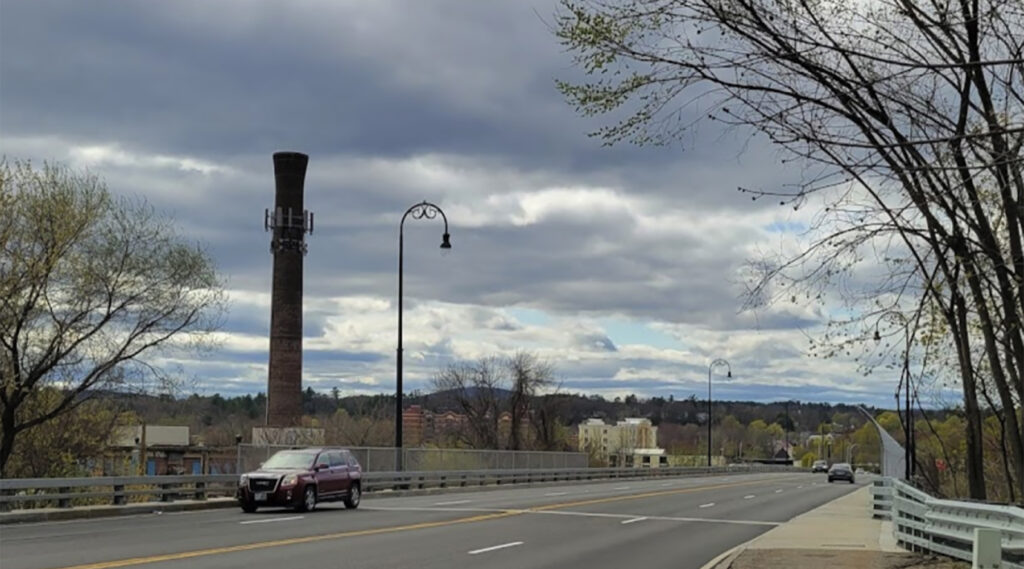
My lighting projects continued in Vermont where we focused on pedestrian and crosswalk lighting. This project had very specific requirements for how to illuminate pedestrians and crosswalks to ensure safety. We used a particular brand of LED lights designed to meet these requirements, which was a new and challenging experience for me.
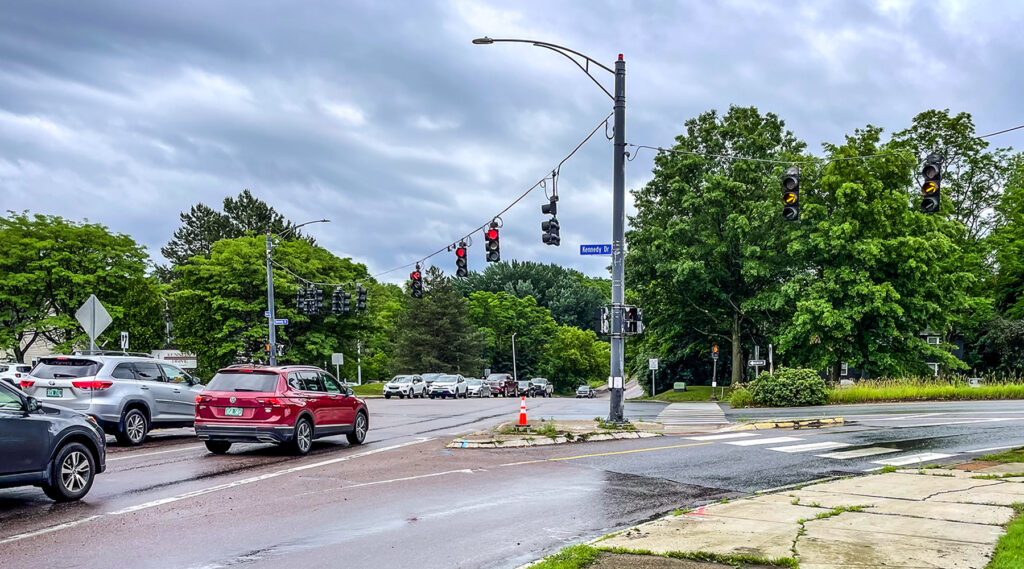
Learning from Each State
Working on projects across different states has been an eye-opener. Each state has its own standards and ways of doing things, which means there’s always something new to learn. While I primarily work out of Massachusetts, I’ve had the chance to contribute to projects in Maine, New Hampshire, and Vermont. This variety keeps the work interesting and helps me grow as an engineer.
My journey as a junior engineer has been filled with diverse experiences and continuous learning. From road rehabilitation to lighting design, each project has taught me valuable lessons and helped me develop my skills. Explore our careers page if you’re interested in working on diverse projects!


